-
 Nisai Cup, Blue
Nisai Cup, Blue
$ 42.00 -
 Nisai Cup, Green
Nisai Cup, Green
$ 42.00 -
 Octagonal Plate, Black
Octagonal Plate, Black
Sold Out -
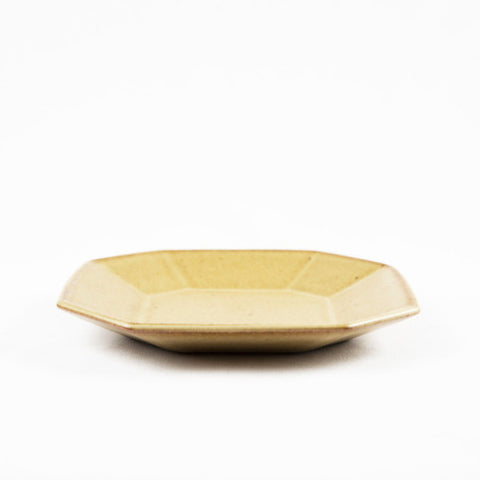 Octagonal Plate, Gold
Octagonal Plate, Gold
Sold Out -
 Octagonal Plate, White
Octagonal Plate, White
Sold Out -
 Ogurayama Matcha by Yamamasa Koyamaen
Ogurayama Matcha by Yamamasa Koyamaen
Sold Out -
 Ojiyanagi Green Tea by Tokujuen
Ojiyanagi Green Tea by Tokujuen
$ 35.00 -
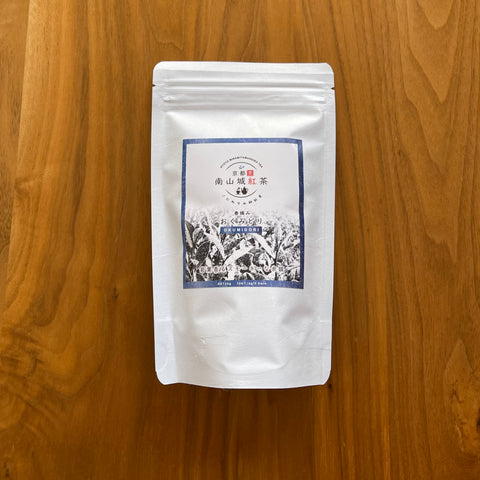 Okumidori Japanese Black Tea by Nakakubo Seichaen
Okumidori Japanese Black Tea by Nakakubo Seichaen
Sold Out -
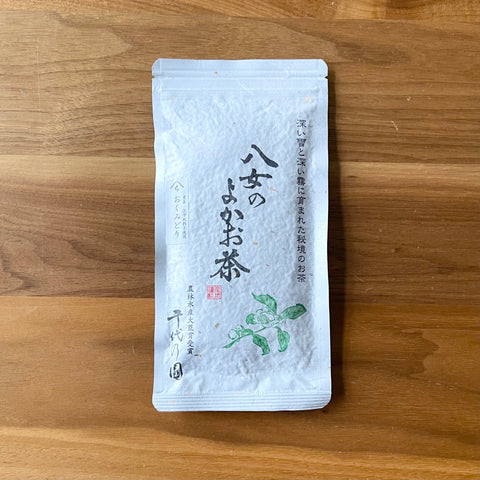 Okumidori Sencha by Chiyonoen
Okumidori Sencha by Chiyonoen
Sold Out -
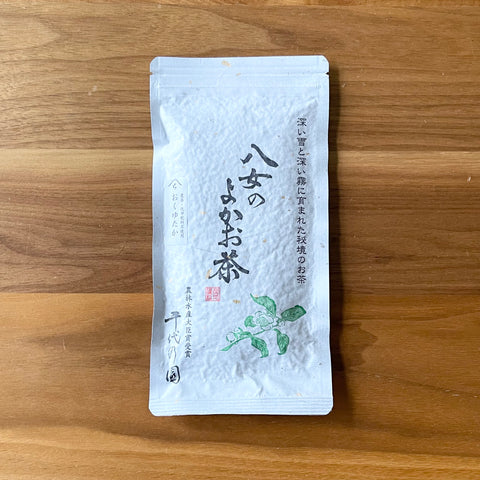 Okuyutaka Sencha by Chiyonoen
Okuyutaka Sencha by Chiyonoen
Sold Out -
 Organic 3 Year Aged Bancha (For Boiling) by Miyazaki Sabou
Organic 3 Year Aged Bancha (For Boiling) by Miyazaki Sabou
$ 25.00 -
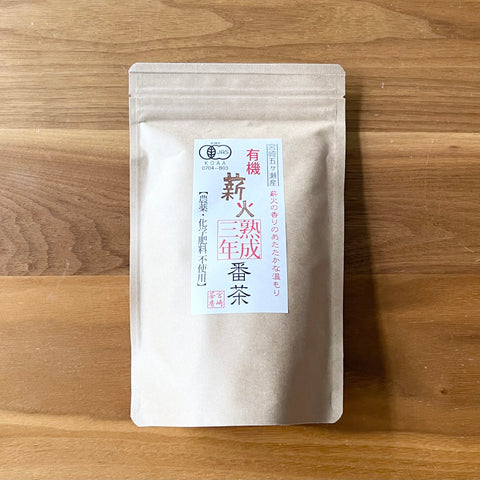 Organic 3 Year Aged Bancha (For Brewing) by Miyazaki Sabou
Organic 3 Year Aged Bancha (For Brewing) by Miyazaki Sabou
$ 25.00 -
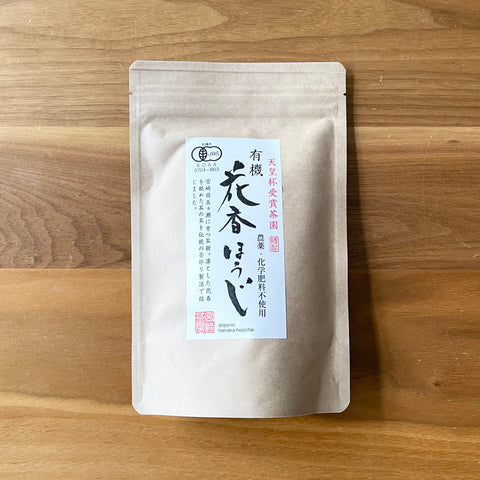 Organic Floral Hojicha by Miyazaki Sabou
Organic Floral Hojicha by Miyazaki Sabou
$ 22.00 -
 Organic Genmaicha by Miyazaki Sabou
Organic Genmaicha by Miyazaki Sabou
Sold Out -
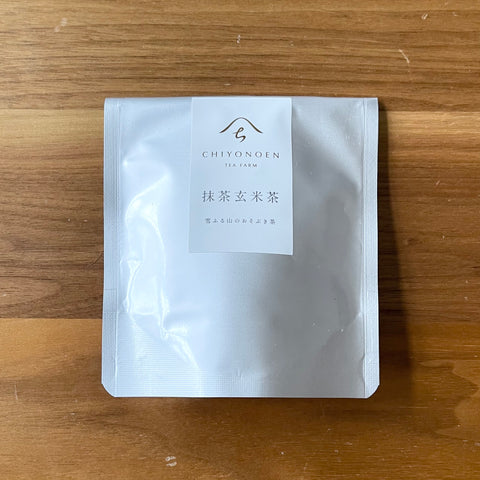 Organic Genmaicha with Matcha by Chiyonoen
Organic Genmaicha with Matcha by Chiyonoen
Sold Out -
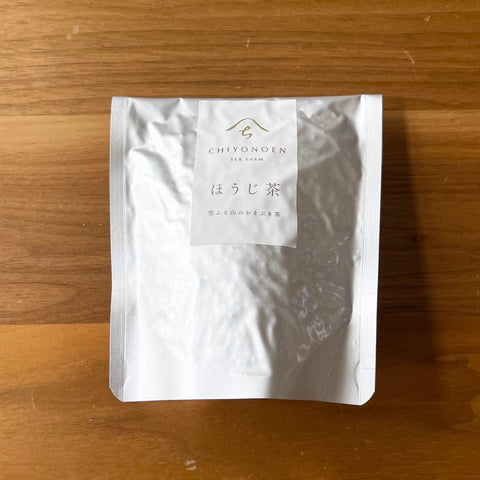 Organic Hojicha by Chiyonoen
Organic Hojicha by Chiyonoen
$ 18.00 -
 Organic Kikuimo Jerusalem Artichoke Tea by Shimane Organic Farm
Organic Kikuimo Jerusalem Artichoke Tea by Shimane Organic Farm
$ 35.00 -
 Organic Mulberry Matcha by Shimane Organic Farm
Organic Mulberry Matcha by Shimane Organic Farm
$ 38.00 -
 Organic Mulberry Tea by Shimane Organic Farm
Organic Mulberry Tea by Shimane Organic Farm
$ 35.00 -
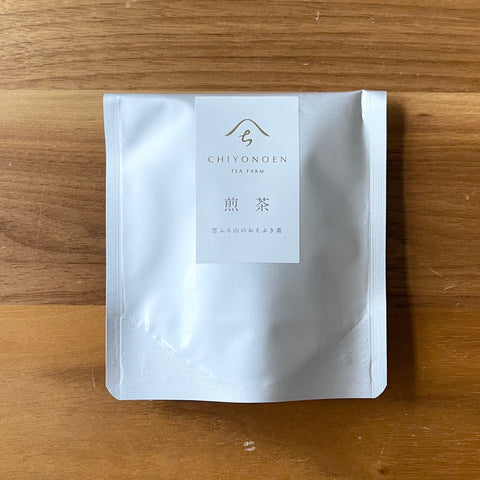 Organic Sencha by Chiyonoen
Organic Sencha by Chiyonoen
Sold Out -
 Organic Stem Hojicha by Miyazaki Sabou
Organic Stem Hojicha by Miyazaki Sabou
$ 22.00 -
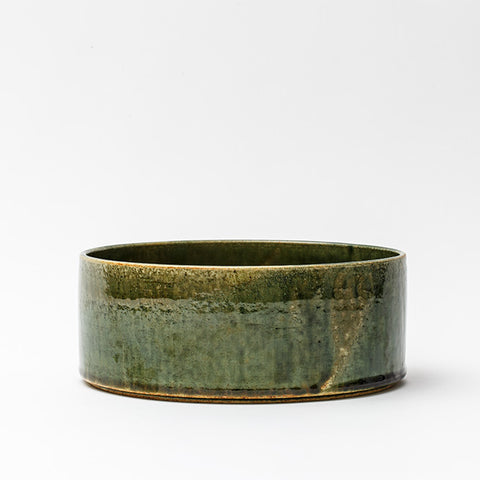 Oribe Bowl, Large
Oribe Bowl, Large
$ 195.00 -
 Oribe Bowl, Medium
Oribe Bowl, Medium
$ 135.00 -
 Oribe Bowl, No. 1
Oribe Bowl, No. 1
$ 45.00
























